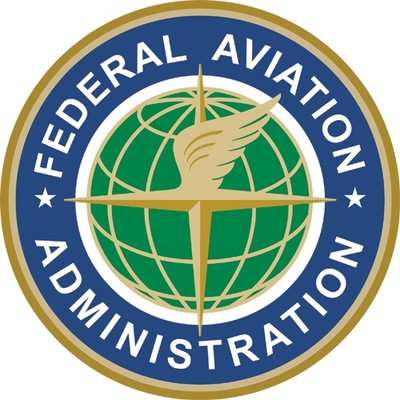Mon, Feb 03, 2014
Country's Civil Aviation Authority Does Not Meet International Safety Standards
The FAA has assigned a Category 2 rating to India under its International Aviation Safety Assessment (IASA) program, based on a recent reassessment of the country’s civil aviation authority. This signifies that India’s civil aviation safety oversight regime does not currently comply with the international safety standards set by the International Civil Aviation Organization (ICAO); however, the United States will continue to work with India’s Directorate General for Civil Aviation (DGCA) to identify the remaining steps necessary to regain Category 1 status for India. With a Category 2 rating, India’s carriers can continue existing service to the United States, but will not be allowed to establish new service to the United States.

India achieved a Category 1 rating, signifying compliance with ICAO standards, in August 1997. A December 2012 ICAO audit identified deficiencies in the ICAO-set global standards for oversight of aviation safety by India’s Directorate General of Civil Aviation (DGCA). Subsequently, the FAA began a reassessment of India’s compliance with ICAO standards under the FAA’s IASA program, which monitors adherence to international safety standards and practices. The FAA has consulted extensively with the DCGA and other relevant Indian government ministries during its evaluation, including consultations in India in September and early December, and meetings this week in Delhi.
"U.S. and Indian aviation officials have developed an important working relationship as our countries work to meet the challenges of ensuring international aviation safety. The FAA is available to work with the Directorate General of Civil Aviation to help India regain its Category 1 rating," said FAA Administrator Michael Huerta.
The Government of India has made significant progress towards addressing issues identified during the September 2013 IASA assessment. On January 20, the Government of India took further steps to resolve outstanding issues when the Indian Cabinet approved the hiring of 75 additional full-time inspectors. The United States Government commends the Indian government for taking these important actions, and looks forward to continued progress by Indian authorities to comply with internationally mandated aviation safety oversight standards.
More News
Cooperative Surveillance Any surveillance system, such as secondary surveillance radar (SSR), wide-area multilateration (WAM), or ADS-B, that is dependent upon the presence of cert>[...]
Aero Linx: OX5 Aviation Pioneers Incorporated in 1955 as a Pa 501 (c)(3) Not for Profit Corporation, the OX5 Aviation Pioneers is dedicated to bringing before the public the accomp>[...]
The Pilot Appeared To Regain Control After Six Rotations And Attempted To “Fly Out” Inverted But Had Insufficient Altitude On November 8, 2025, at 1038 eastern standard>[...]
From 2018 (YouTube Edition): Aero-News Talks With The Airplane's Builder One of the many unique airplanes at AirVenture 2018 was a 1/3-scale B-17 bomber built by Jack Bally, who ta>[...]
Aero Linx: Society of U.S. Army Flight Surgeons (SoUSAFS) The Society of US Army Flight Surgeons (SoUSAFS) serves to advance the science and art of Aerospace Medicine and its allie>[...]
 ANN's Daily Aero-Term (12.04.25): Cooperative Surveillance
ANN's Daily Aero-Term (12.04.25): Cooperative Surveillance ANN's Daily Aero-Linx (12.04.25)
ANN's Daily Aero-Linx (12.04.25) NTSB Prelim: Extra Flugzeugproduktions EA 300/SC
NTSB Prelim: Extra Flugzeugproduktions EA 300/SC Classic Aero-TV: The Bally Bomber - The All Time Ultimate Warbird Replica?
Classic Aero-TV: The Bally Bomber - The All Time Ultimate Warbird Replica? ANN's Daily Aero-Linx (12.05.25)
ANN's Daily Aero-Linx (12.05.25)



